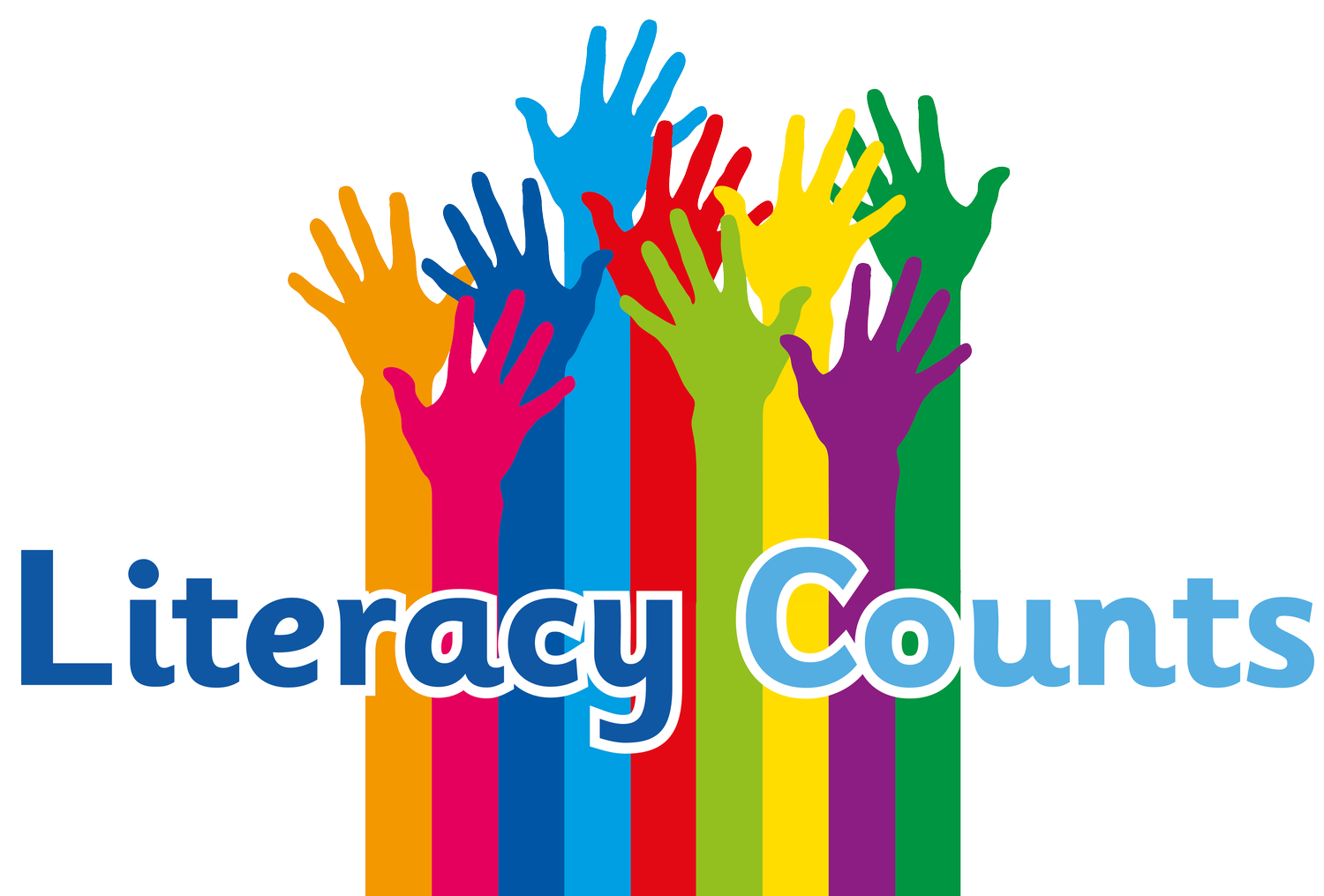Mixed Age Planning Guidance
Ready Steady Write includes a range of resources and approaches to allow any classroom mix of pupils to achieve in writing effectively for a range of purposes and audiences. The following guide will support mixed-age schools to effectively deliver the Ready Steady Write units.
Mixed-Age Planning Document
For schools where the mix consists of EYFS, Y1 & 2, Y3 & 4 and Y5 & 6, the Two-Year Mixed Age Cycle is the essential resource to support delivery of the units. This document helps teachers to see which year group objectives are covered in a specific unit. The document also draws out the objectives that can be covered simultaneously from the lower or higher year group. Please see the example below:
Here, you can see that a Year 2 unit has been chosen for a Y1/2 class (A River by Marc Martin). In orange, you can see the objectives that are covered during this unit. These are the objectives listed on the single age Sequencing and Progression documents too. However, the Mixed-Age planning also helps a teacher to see where Y1 objectives can also be covered in a coherent way. Teachers do not have to work out which objectives could be explored or where Y1 sentence types and punctuation can be found in the Example texts, this has already been carefully mapped out for them in the Mixed-Age Planning document. This then makes it very easy for a teacher to ensure the Y1 objectives are also being taught seamlessly as part of the unit.
Editable Sequencing and Progression Documents
The Sequencing and Progression Documents can be downloaded as an editable document. This ensures that any tweaks to the delivery of the age-related writing content can be made, and the school documentation reflects the diverse make up of classes.
Sentence Accuracy Support
Furthermore, the daily Sentence Accuracy work allows for a class teacher to choose their own age-appropriate sentences, not just the ones stated in the lesson plan. For example, if we look at a Sentence Accuracy activity from the ‘A River’ unit, the teacher is encouraged to use other sentences, if this is deemed appropriate:
To ensure there is no additional workload for mixed-age class teachers, we have provided a set of sentences for Y1 which they can choose from. These are found in the blue buttons in the flipbook and under the flipbook the unit dashboard:
Here, teachers will find an entire set of Y1 sentences with age-related grammar, punctuation and word choice that are linked to the book ‘A River’ to ensure context and cohesion. A teacher simply chooses the Y1 sentence they wish to explore with the children during the Sentence Accuracy activity and, indeed, into the lesson:
In this particular case, it may be a good idea to focus on the use of ‘and’ to join words and clauses, as this ties in nicely with the conjunction sentence work in Y2 (this is stated on the Mixed-Age Planning document). Again, we have thought really carefully about trying to ensure coherence within each lesson and ensuring the sentence work is contextualised and age-appropriate.
Editable Writer’s Knowledge
There is an editable version of the Writer’s Knowledge & Wise Owl (the document that helps children to see what choices the author has made when constructing their writing and the impact of their choices on the reader):
This again means that schools with mixed-age classes can ensure children are considering the sentence work they have been doing in the lead up to their pieces of writing. They will then be using these age-appropriate features in their own final pieces.
Complex Age Mixes
Please see above for general mixed-age planning guidance. Where the mix of ages within a classroom is more diverse, there is still significant support for teachers. As well as the guidance above, there is a complete list of sentences for all year groups (see below), so that a teacher is able to target specific sentences to the needs of children within the class. For example, where a class may be made up of Y4, 5 & 6 pupils, the teacher would look at the sentence accuracy documents for these year groups, choose which to deliver in the session and tweak the content to match the book being studied. This significantly reduces workload as teachers have some sample sentences to act as a ‘template’ for sentences they generate about the book being studied.
Assessing Writing
Sentence Accuracy
Daily Sentence Accuracy is a vital element of Ready Steady Write and encompasses word, sentence, and punctuation from the statutory National Curriculum programme of study for writing and Appendix 2 (Vocabulary, grammar and punctuation). Children must demonstrate using these skills across a range of writing to achieve end of year standards. This daily practice also helps build fluency and stamina for writing. Example sentences are provided for teachers to model explicitly. Teachers of younger children may choose to dictate some of the sentences provided.
Sentence Accuracy videos and further guidance can be found on Ready Steady Write: Training
Advice on the order of units
The suggested order of the units allows for children to practice and embed skills for writing across an academic year. All of the objectives to be covered are mapped out in the Progression Overview Documents. The objectives for each unit can also be found in the online unit pages, so teachers are clear about what will be covered in each sequence of learning. As each unit is being taught, teachers can track which objectives have been covered using the Progression Documents.
By having the Progression Overview Documents, it is possible for a school to move the units around, particularly if they are looking to align them with their school curriculum. For example, where a unit on Rivers in Year 2 is planned for the summer term, a school may choose to move the unit to that part of the year, so that the writing links to learning in other curriculum areas and may coincide with a school visit linked to the theme. The columns of the Progression Overview Document could then be moved to the time in the year that unit is to be taught. Some schools feel that where such links can be made, it provides a huge amount of background knowledge about the subject that impacts positively on the writing.
Alternatively, a school may choose to align their curriculum to the order in which the units are currently presented. This then means the Progression Documents stay in the current order and, again, schools make the most of cross-curricular links to support the writing outcomes.
In all cases, it is worth noting that Ready Steady Write is a robust resource for the effective teaching of writing, whether a school chooses to align it to their curriculum or as a focus for the writing element of the curriculum only.
The Reception unit order should always be adhered to as the units have been written to align with the Letters and Sounds phonics progression across the Reception Year.














































